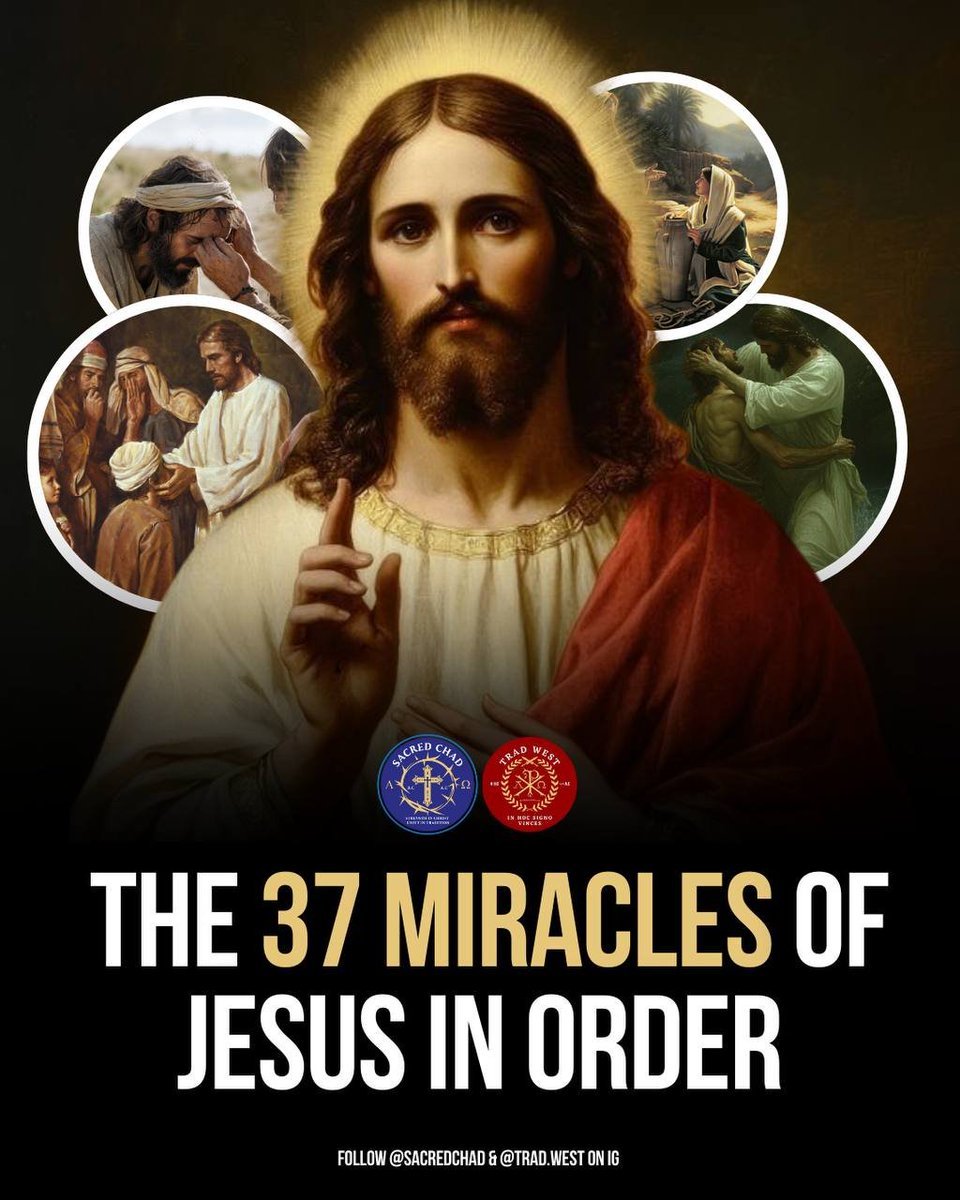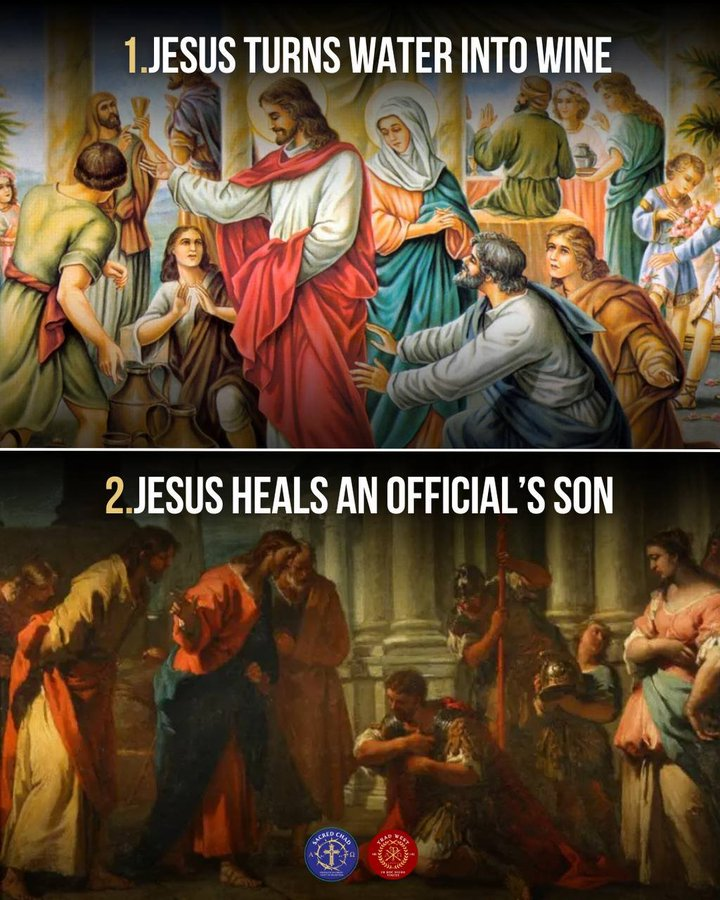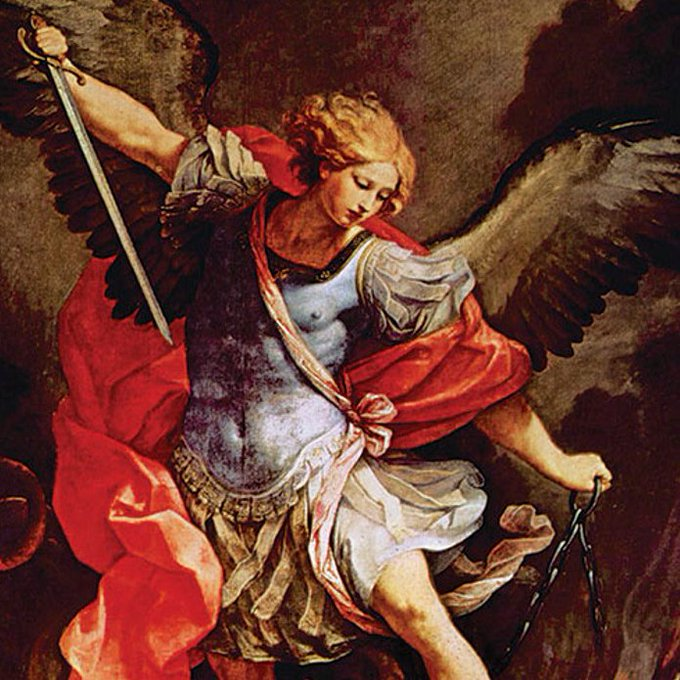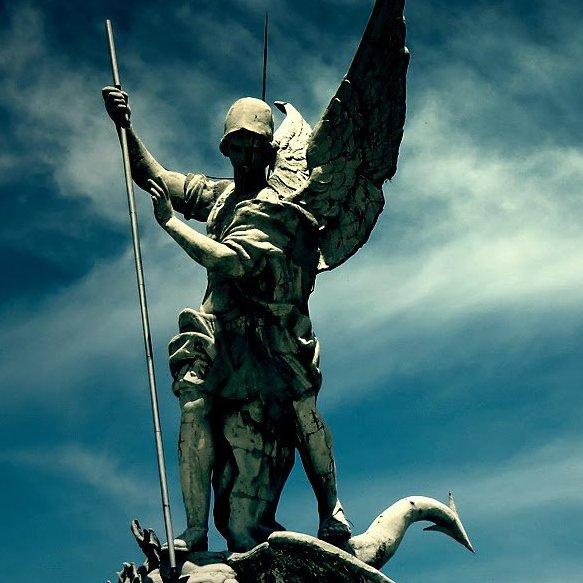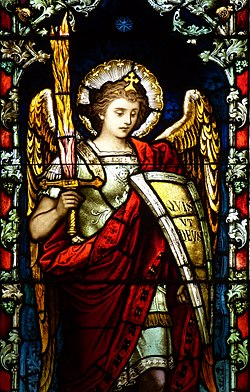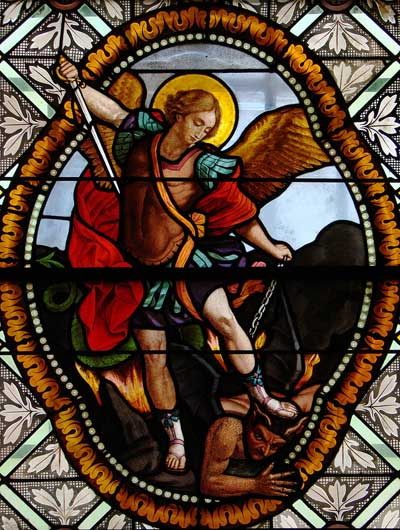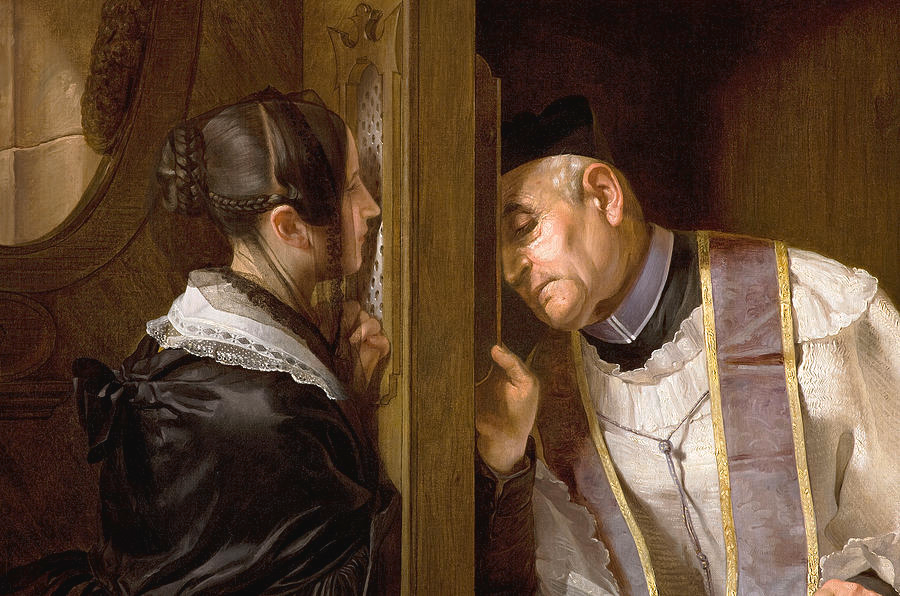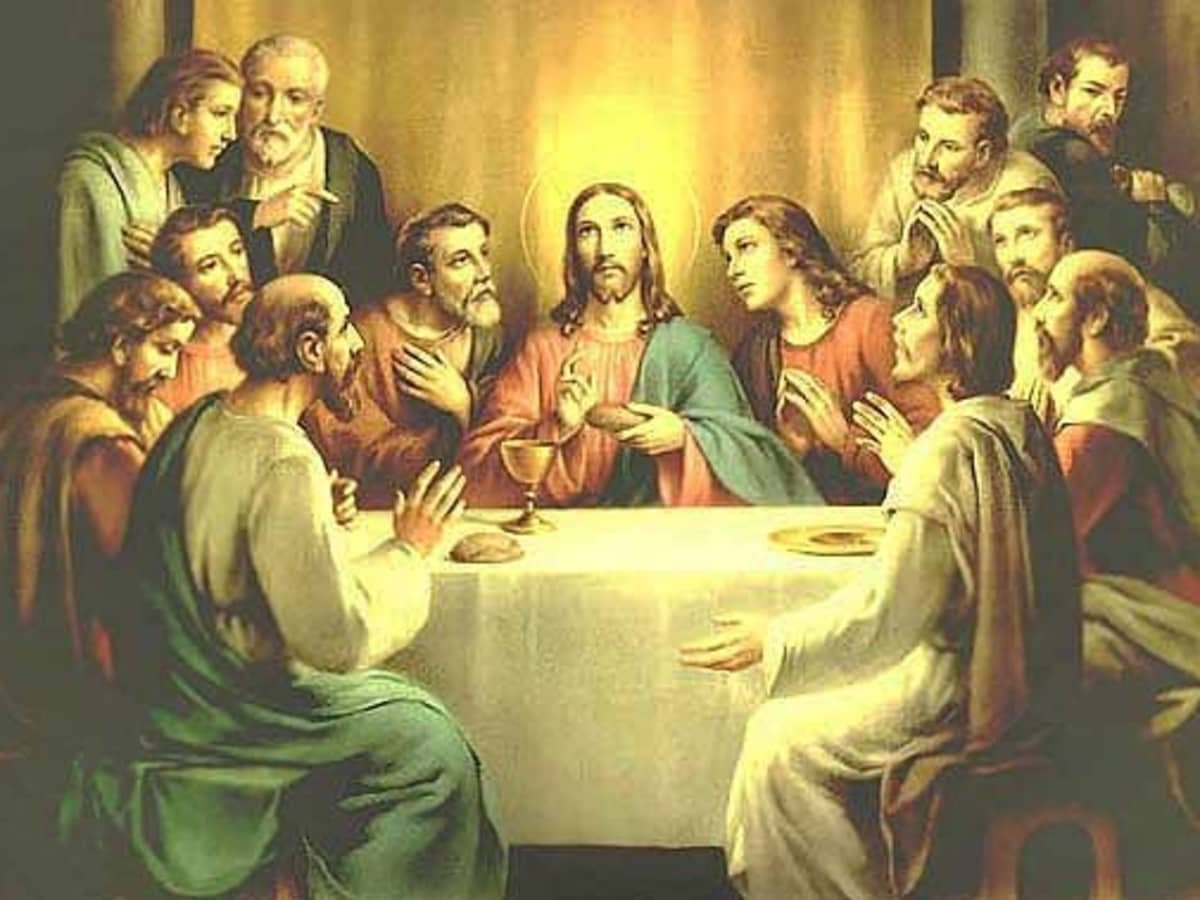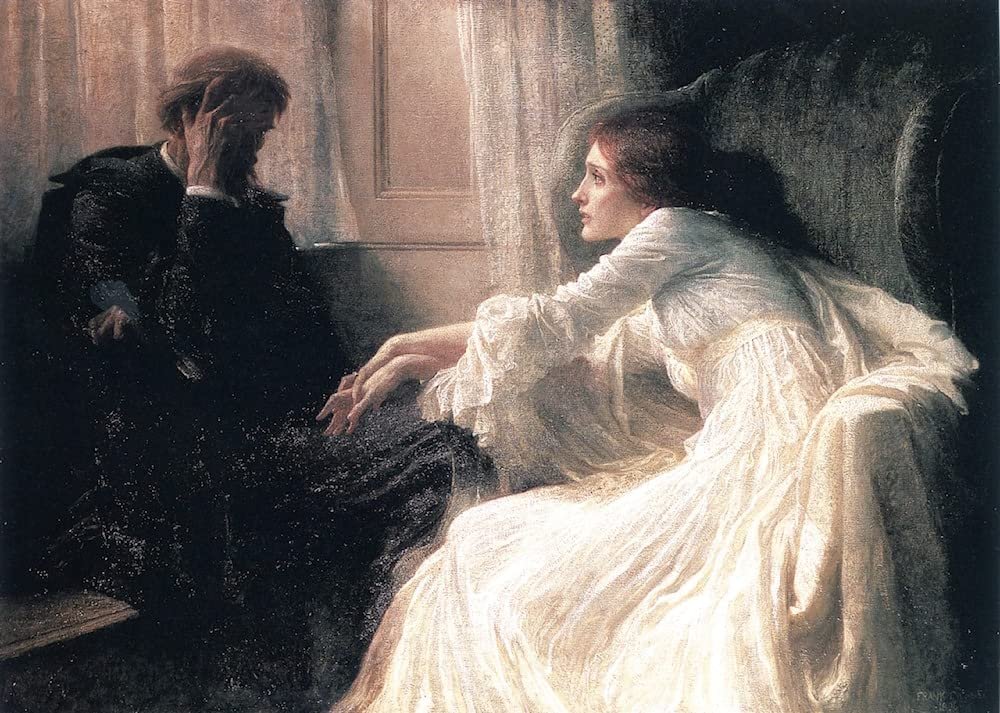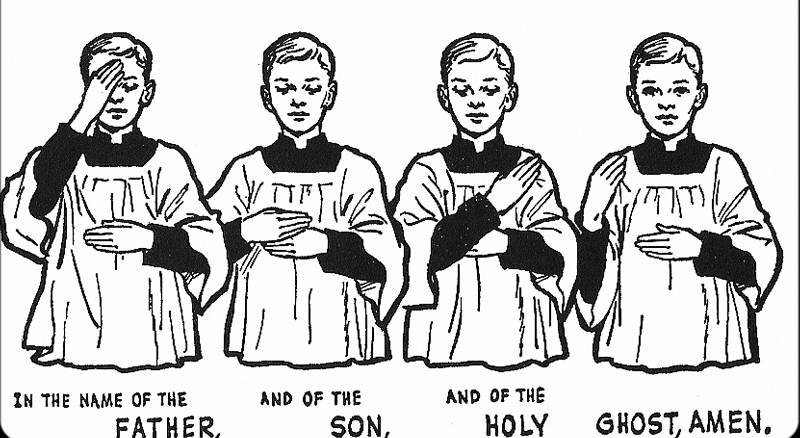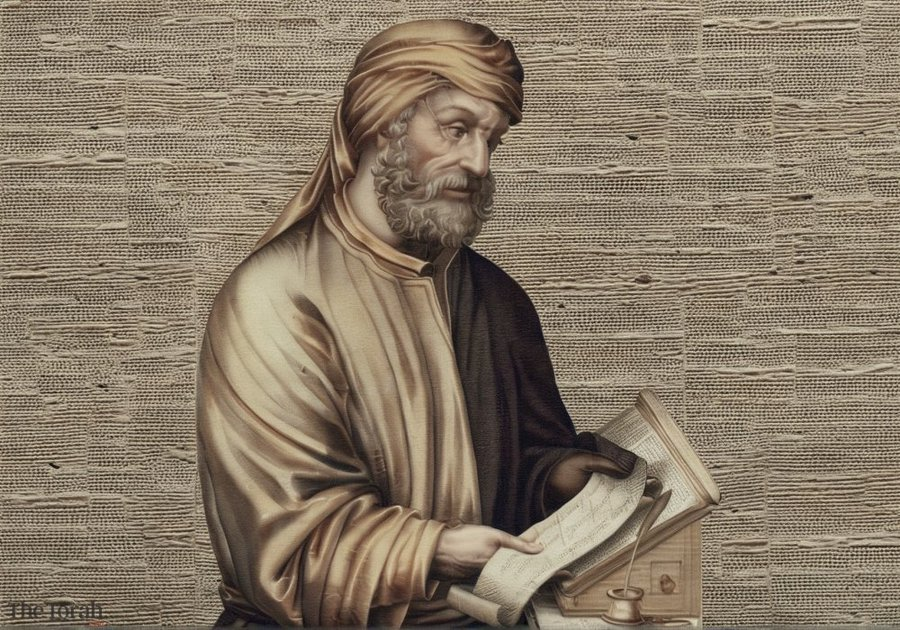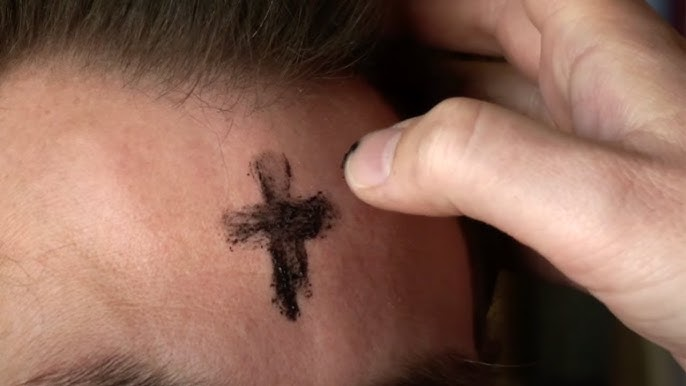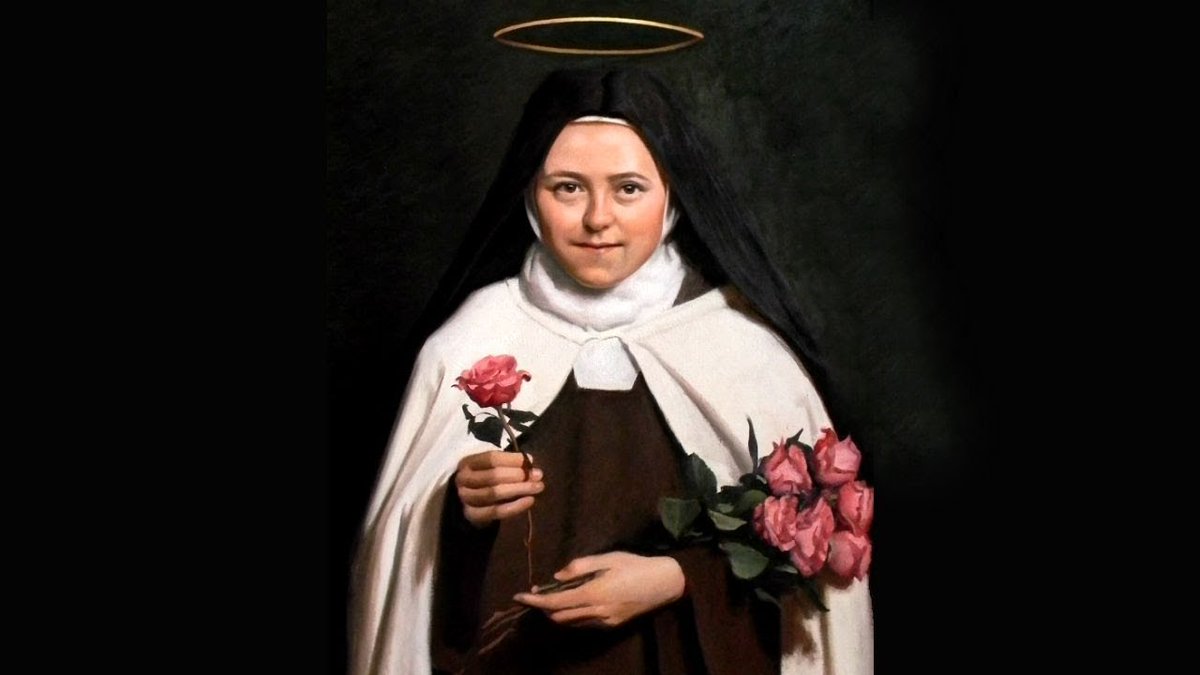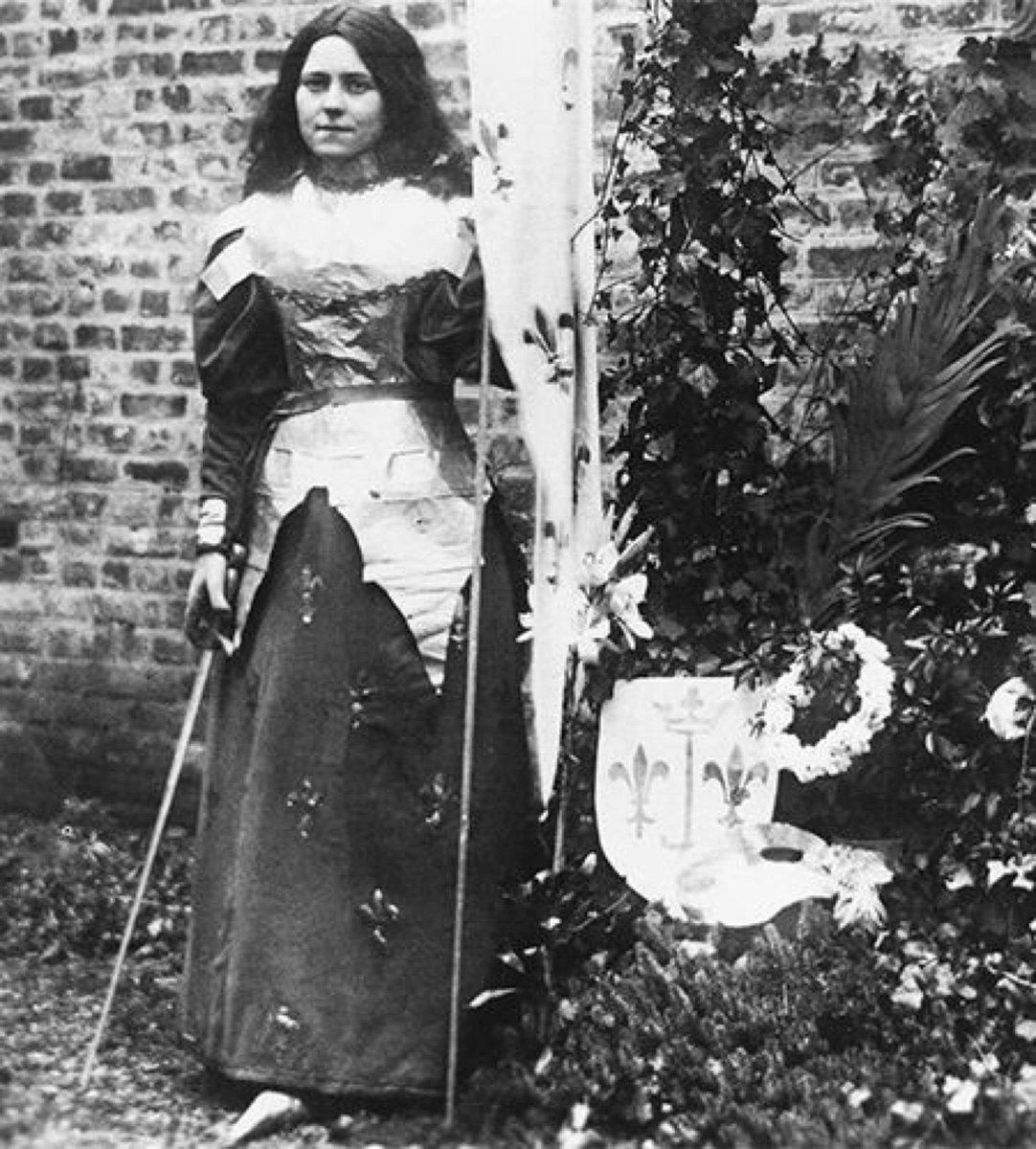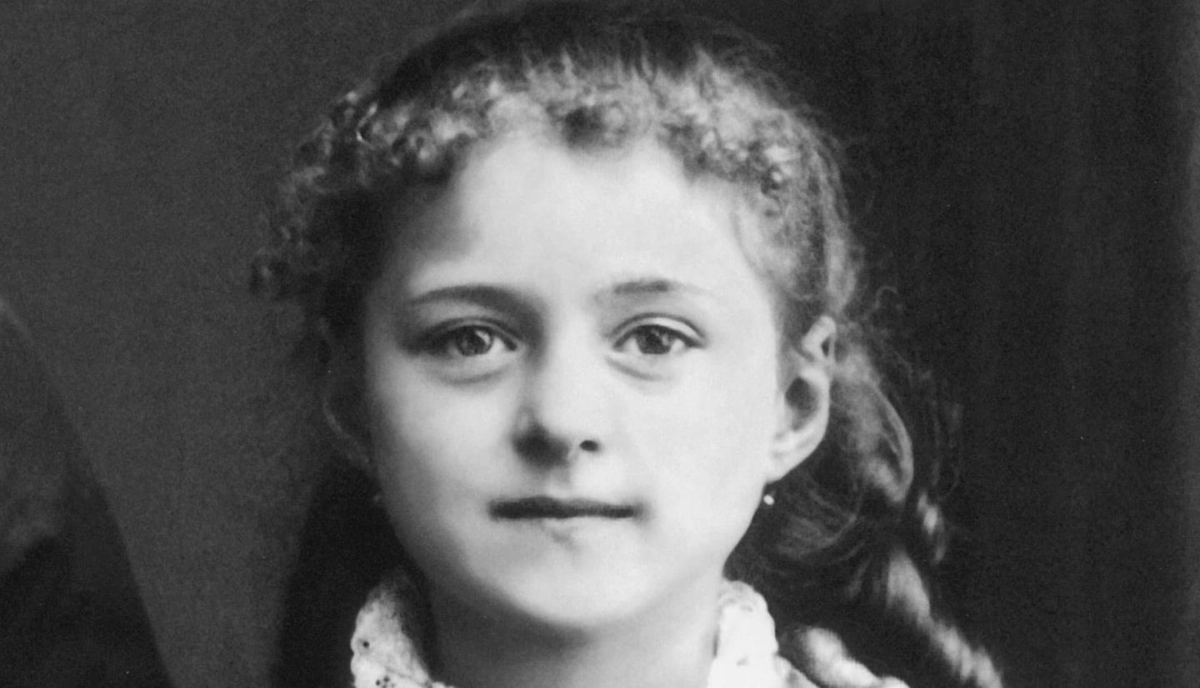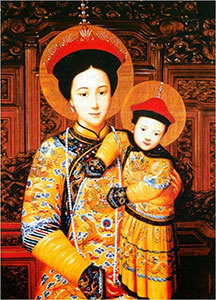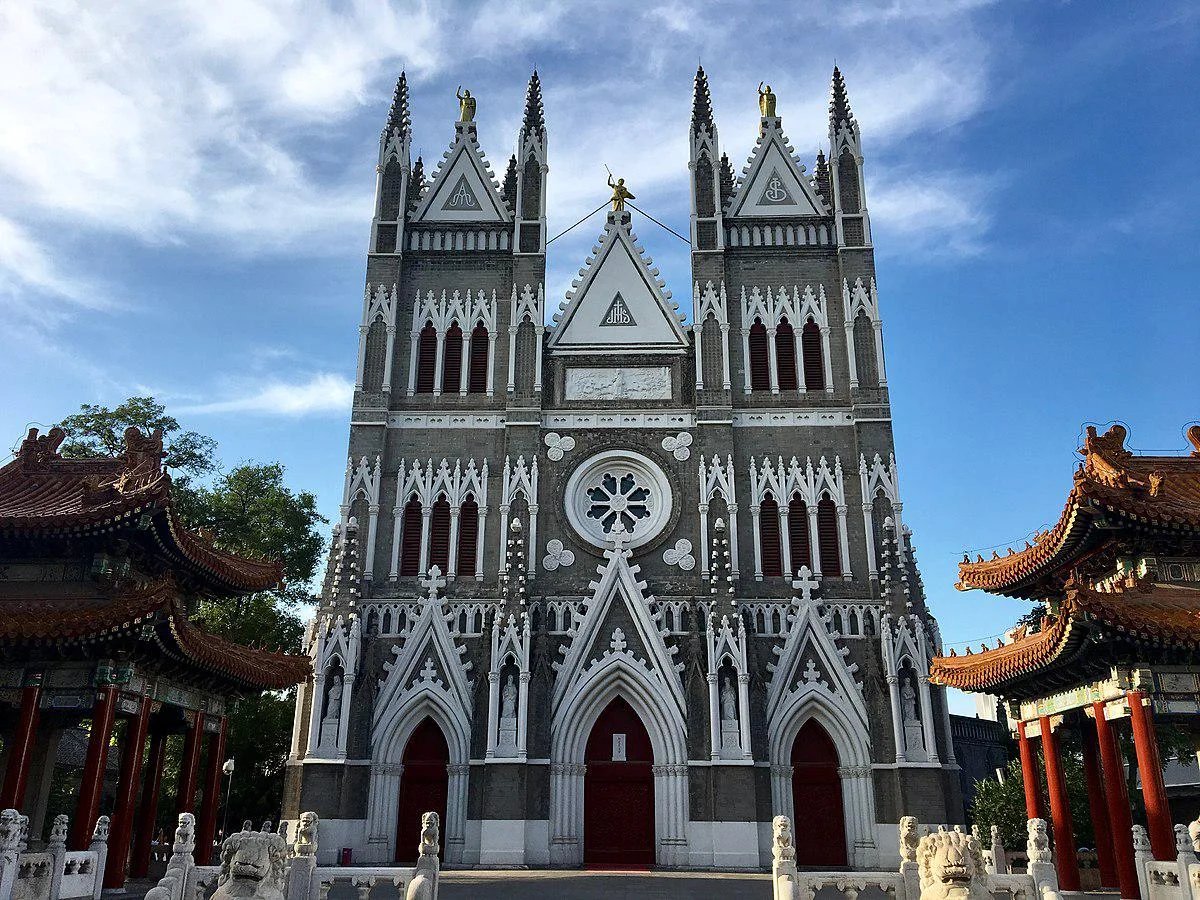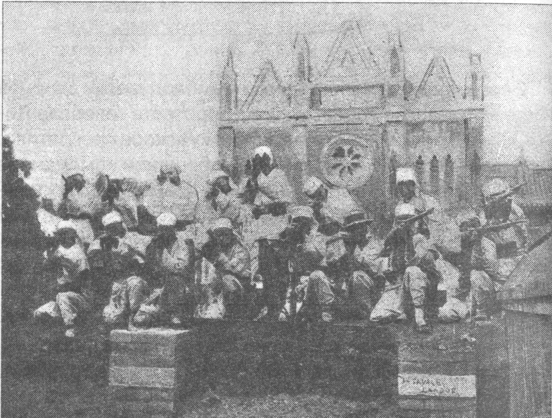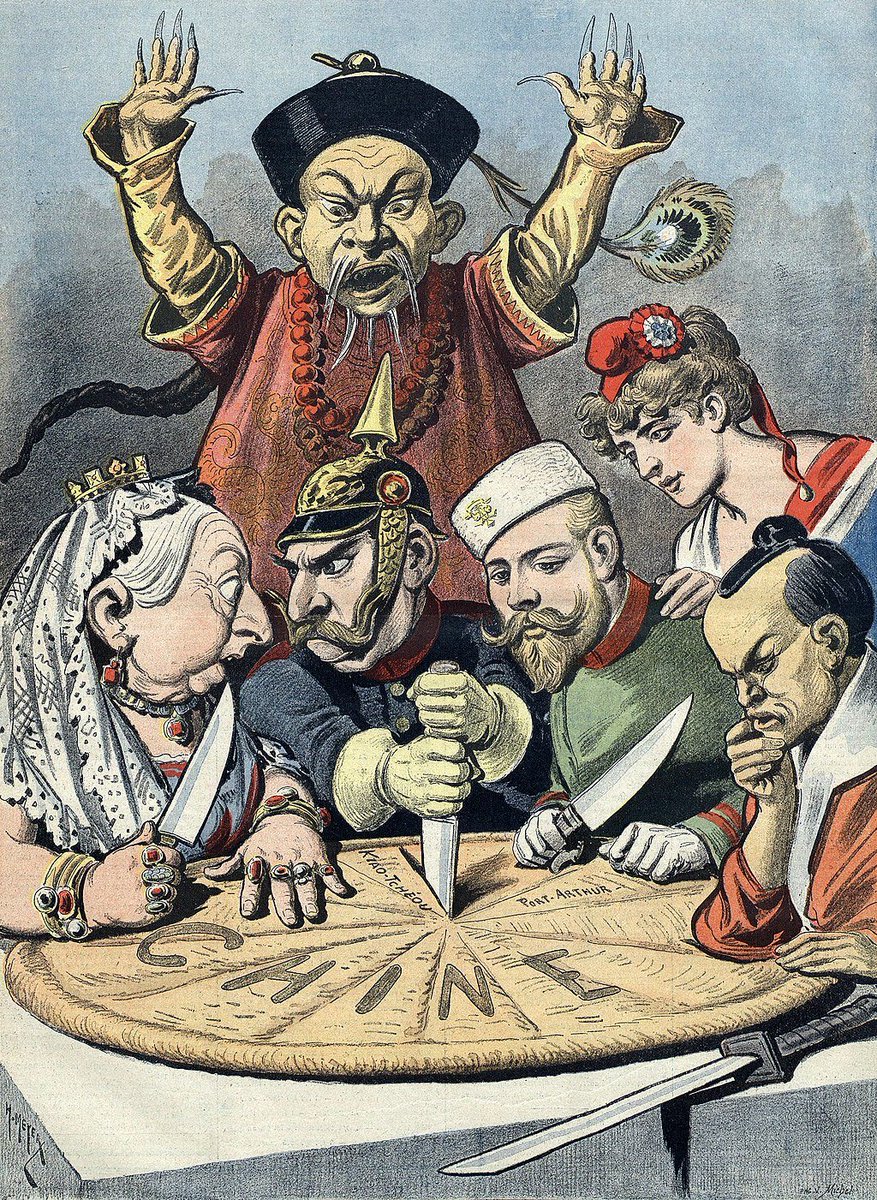The New York Post just made a post claiming the Shroud of Turin is fake.
They're wrong.
A X-ray study re-dated it at 2,000 years old, but that’s onlythe tip of the Iceberg.
Science can not explain it.
Strap in fellas This is why the Holy Shroud of Turin is real - a🧵

They're wrong.
A X-ray study re-dated it at 2,000 years old, but that’s onlythe tip of the Iceberg.
Science can not explain it.
Strap in fellas This is why the Holy Shroud of Turin is real - a🧵
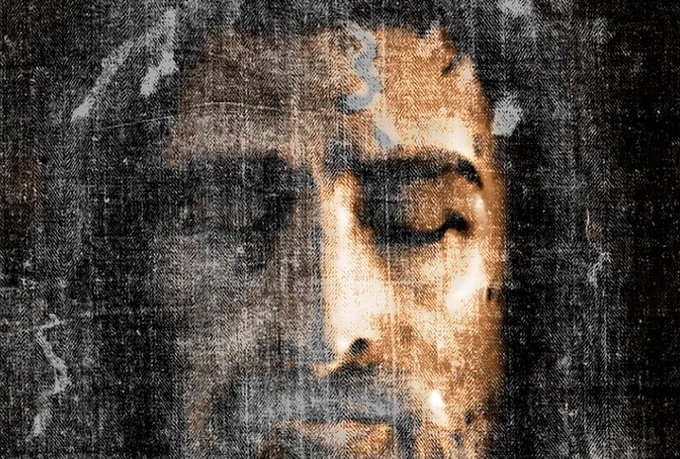

After our Lord's passion and cruxifixion, Jesus Christ of Nazareth was laid to rest in a tomb belonging to Joseph of Arimathea, located beyond Jerusalem’s walls. 
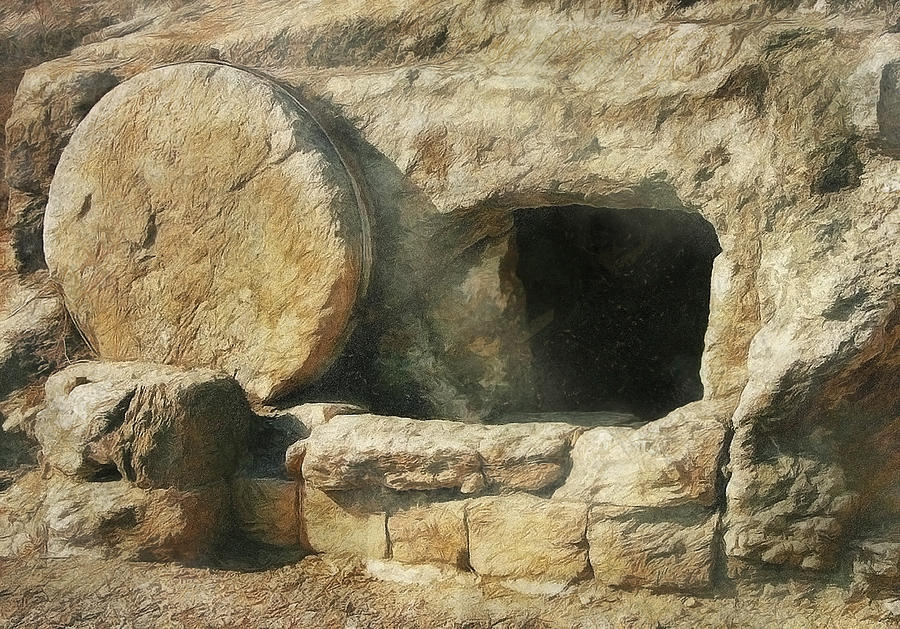
As written in scripture, his body was wrapped in a linen burial cloth. Today, that very shroud resides in Turin, where it has remained for 450 years.
But what makes it so extraordinary? The truth is fellas, no one can explain how its image was made.

But what makes it so extraordinary? The truth is fellas, no one can explain how its image was made.

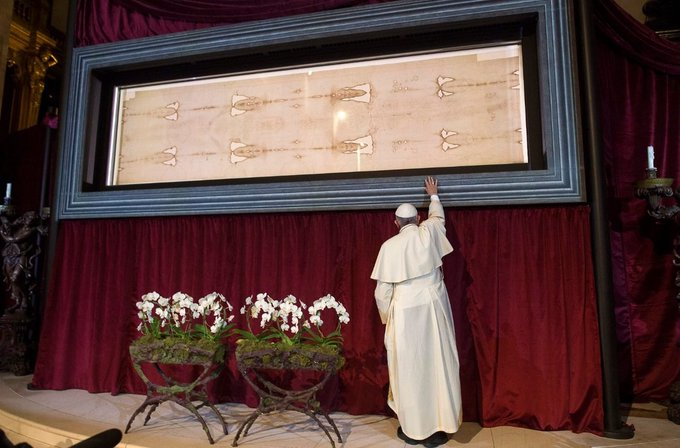
According to Magis Center there 4 Enigmas surrounding the Holy shroud:
1. The image is only on the uppermost surface of the fibrils, thus it could not have been formed by chemicals.
2. The image shows the whole body, however not all areas of the cloth came into contact with the whole body.
3. The image was not produced by vapors from chemicals or vapors from the corpse itself.
4. There is a double image on both the front of the cloth and on the back, but no image in the middle of the cloth, implying that the cloth collapsed into a mechanically transparent body.
5. You can see inside the body, like an x-ray.
Source: MagisCenter
1. The image is only on the uppermost surface of the fibrils, thus it could not have been formed by chemicals.
2. The image shows the whole body, however not all areas of the cloth came into contact with the whole body.
3. The image was not produced by vapors from chemicals or vapors from the corpse itself.
4. There is a double image on both the front of the cloth and on the back, but no image in the middle of the cloth, implying that the cloth collapsed into a mechanically transparent body.
5. You can see inside the body, like an x-ray.
Source: MagisCenter

Enigma 1: The Image is Only on the Uppermost Surface of the Fibrils
"If the image formation came about through chemicals, then it would not explain how the image only appears on the uppermost surface of the fibrils. By their makeup, chemicals penetrate beyond the surface of fabric."
There are no dyes, paints, pigments or stains present on the fabric. The image exists only on the very outer surfaces of the linen fibers. No human hand could have ever done that, especially centuries ago.
"If the image formation came about through chemicals, then it would not explain how the image only appears on the uppermost surface of the fibrils. By their makeup, chemicals penetrate beyond the surface of fabric."
There are no dyes, paints, pigments or stains present on the fabric. The image exists only on the very outer surfaces of the linen fibers. No human hand could have ever done that, especially centuries ago.
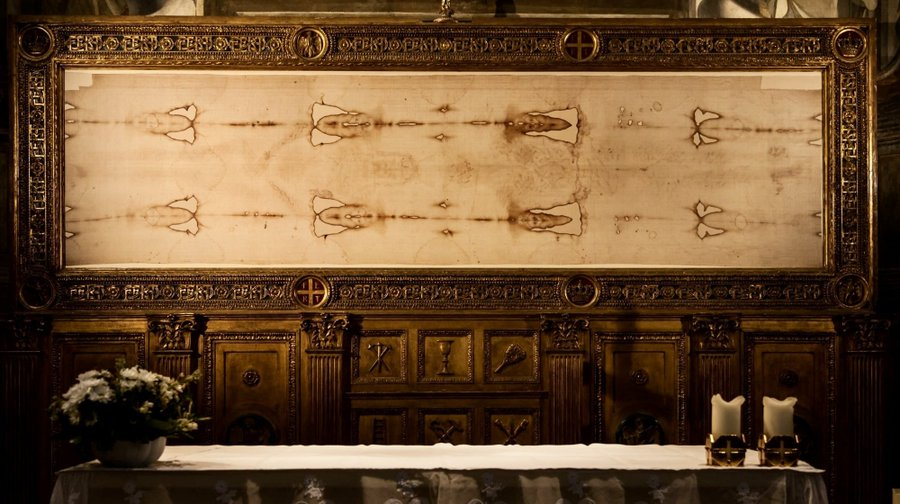
The image is ultra-thin, to give you an idea it's just 200-500 nanometers deep, far finer than a human hair.
The following two photomicrographs were taken at two locations near each other on the ventral side of the Shroud. The clear cloth shows the color of the linen of the Shroud without any image. The very light scorch photomicrograph shows mostly a clear cloth but with a very small amount of scorching due to the Chambéry fire in 1532.
The following two photomicrographs were taken at two locations near each other on the ventral side of the Shroud. The clear cloth shows the color of the linen of the Shroud without any image. The very light scorch photomicrograph shows mostly a clear cloth but with a very small amount of scorching due to the Chambéry fire in 1532.
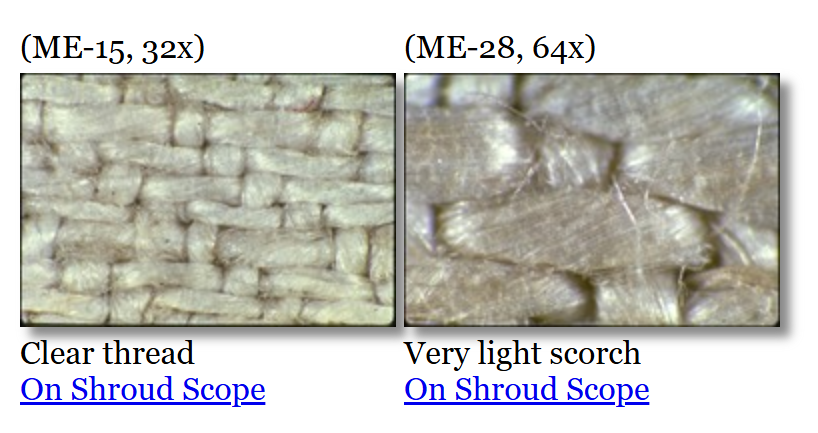
Enigma 2: The Image Shows the Whole Body
"Chemicals cannot explain how a perfect 3-dimensional image became evenly distributed on the cloth, especially on parts that did not come into contact with the corpse. Thus, something other than chemicals must be the cause of the image on the Shroud."
"Chemicals cannot explain how a perfect 3-dimensional image became evenly distributed on the cloth, especially on parts that did not come into contact with the corpse. Thus, something other than chemicals must be the cause of the image on the Shroud."
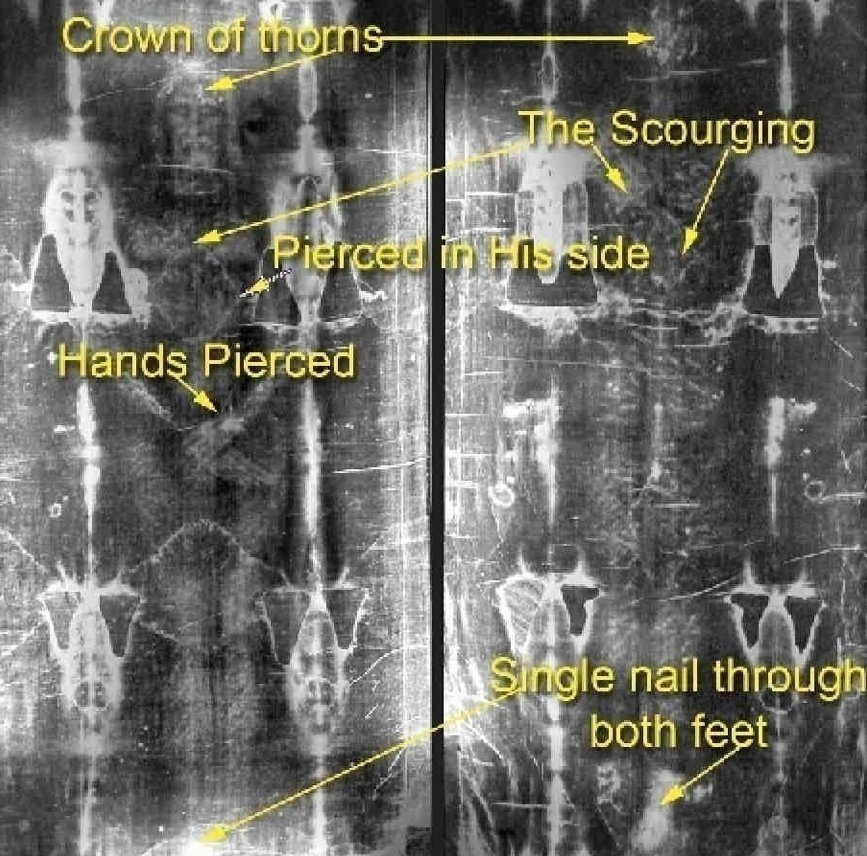
Enigma 3: The Image Was Not Produced by Vapors
"Vapors from chemicals, or from the corpse itself, do not explain how the image is present on parts of the body where the cloth cleary did not touch the body (i.e. areas on either side of Christ’s projected nose)."
"Vapors from chemicals, or from the corpse itself, do not explain how the image is present on parts of the body where the cloth cleary did not touch the body (i.e. areas on either side of Christ’s projected nose)."
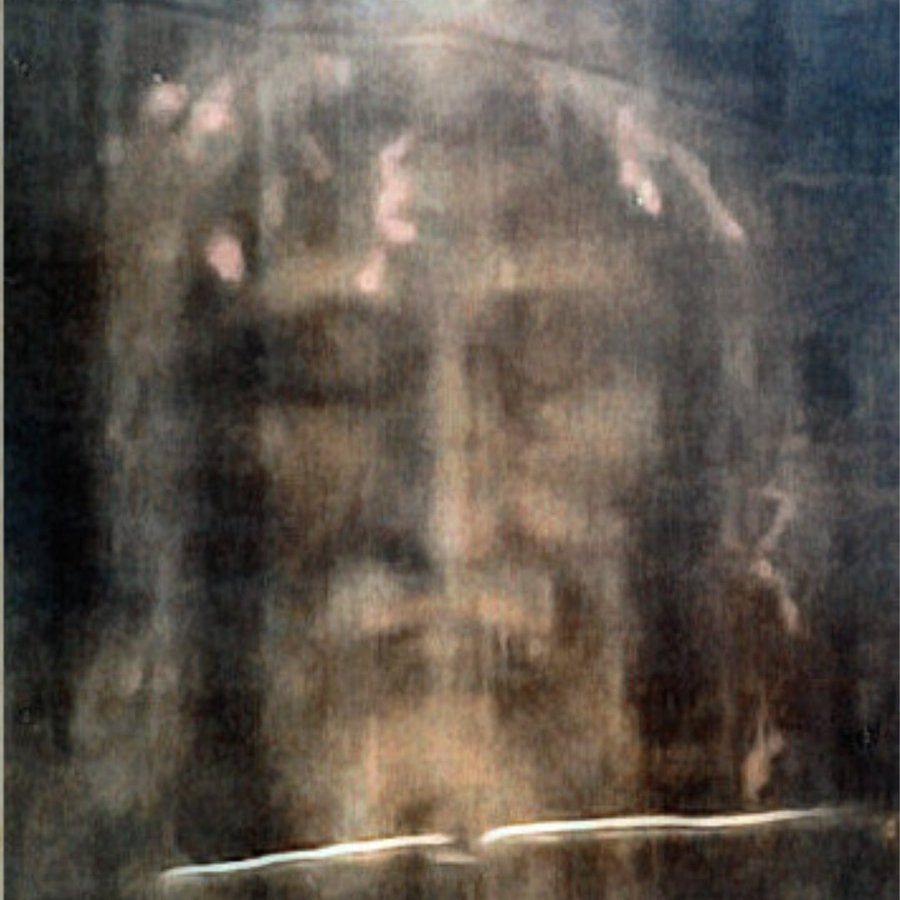
Enigma 4: The Double Image.
"The startling discovery of an image on both the front and back of the cloth implies that the cloth collapsed into and through the body.
There is no scientific explanation of how this could have happened unless the body became mechanically transparent, causing the cloth to collapse into it. If the cloth did collapse into the body, then the ultraviolet light would have completely surrounded the body. This would produce a double image on both the front and the back of the cloth, but nothing on the fibers in the middle."
"The startling discovery of an image on both the front and back of the cloth implies that the cloth collapsed into and through the body.
There is no scientific explanation of how this could have happened unless the body became mechanically transparent, causing the cloth to collapse into it. If the cloth did collapse into the body, then the ultraviolet light would have completely surrounded the body. This would produce a double image on both the front and the back of the cloth, but nothing on the fibers in the middle."

On top of that, the 3D data embedded in the shroud reveals striking anatomical details consistent with crucifixion.
Take the position of the chin, for example: it rests unusually close to the sternum. This aligns with how a crucified person’s body would slump forward on the cross, with muscles tightening and locking into place as rigor mortis set in after death.
These subtle but precise details suggest the image wasn’t randomly formed, it reflects the physical reality of a body that endured crucifixion.
Take the position of the chin, for example: it rests unusually close to the sternum. This aligns with how a crucified person’s body would slump forward on the cross, with muscles tightening and locking into place as rigor mortis set in after death.
These subtle but precise details suggest the image wasn’t randomly formed, it reflects the physical reality of a body that endured crucifixion.
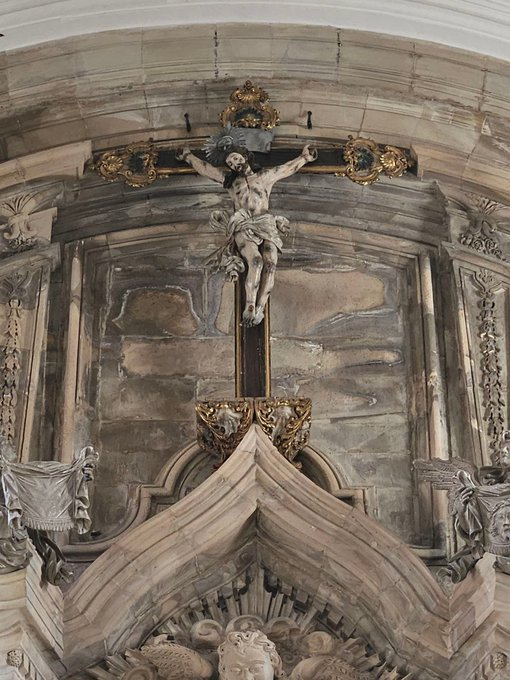
A detail often overlooked is the presence of pollen embedded in the cloth, traced back to the Middle East, specifically Jerusalem.
Even more intriguing, soil particles near the feet contain a rare form of calcite, uniquely found in the region surrounding Calvary, the very place where Jesus was crucified.

Even more intriguing, soil particles near the feet contain a rare form of calcite, uniquely found in the region surrounding Calvary, the very place where Jesus was crucified.

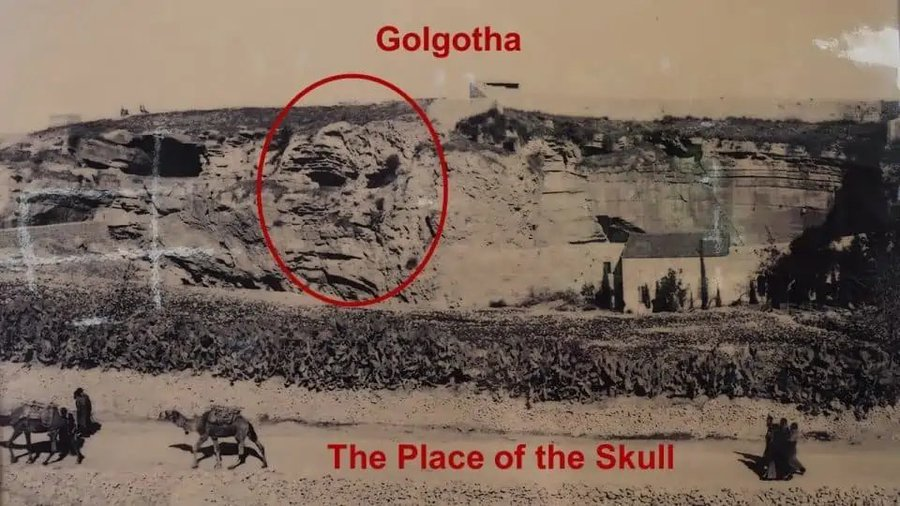
"Images of Zygophyllum dumosum Boiss, an endemic plant of Israel, Jordan, and Sinai, do not need any verification of pollen grains, although they are present in Frei's list.
Two kinds of leaf images as well as flower images of this plant were identified on the Shroud. Other species of Zygophyllum do not have this morphology. These plant images are observed on both the Enrie (1931), Miller (1978), Pia (1898) (...) The authenticity of the Near East as the source of the Shroud of Turin is completely verified to me as a botanist through the images and pollen grains of Gundelia tournefortii and the images of Zygophyllum dumosum leaves." - by Dr. Avinoam Danin, Professor of Botany, Department of Evolution, Systematics, and Ecology
Two kinds of leaf images as well as flower images of this plant were identified on the Shroud. Other species of Zygophyllum do not have this morphology. These plant images are observed on both the Enrie (1931), Miller (1978), Pia (1898) (...) The authenticity of the Near East as the source of the Shroud of Turin is completely verified to me as a botanist through the images and pollen grains of Gundelia tournefortii and the images of Zygophyllum dumosum leaves." - by Dr. Avinoam Danin, Professor of Botany, Department of Evolution, Systematics, and Ecology
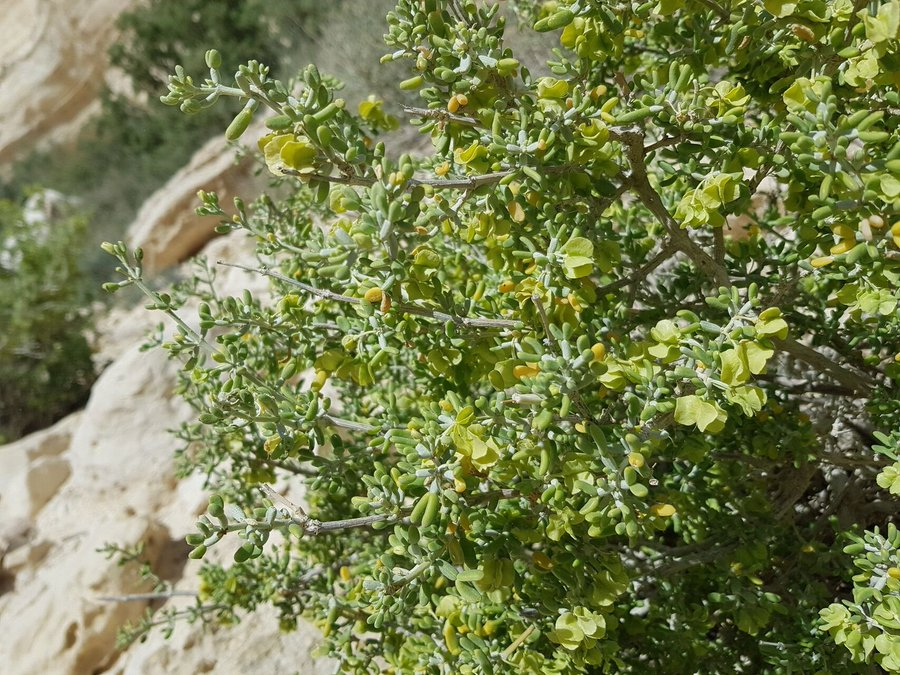
Enigma 5: You Can See Inside the Body, Like an X-ray
"The last enigma concerns the bones of the hand which appear visible, as if they were encased in flesh. The process that formed the image recorded both the inside of the hand (the skeleton) and the outside of the hand (the flesh surrounding the skeleton) at the same time.
This again implies that somehow the body covered with the Shroud became mechanically transparent, and that the cloth collapsed into and through this body. If it had not done so, the image would only be of the outside of the body."
"The last enigma concerns the bones of the hand which appear visible, as if they were encased in flesh. The process that formed the image recorded both the inside of the hand (the skeleton) and the outside of the hand (the flesh surrounding the skeleton) at the same time.
This again implies that somehow the body covered with the Shroud became mechanically transparent, and that the cloth collapsed into and through this body. If it had not done so, the image would only be of the outside of the body."

Jackson deduced that vacuum UV radiation is the only possible explanation for the image’s formation. First, in order to turn linen into a perfectly photographically sensitive material you need light radiation. However, it must be without any accompanying heat radiation.
The formation of the Shroud’s image would take several billion watts of light radiation, which exceeds the maximum output of any source of UV radiation known today. If the accompanying heat energy had been present, the cloth would have vaporized in less than 1/40 billionth of a second.
Jackson’s theory was validated in 2010 by Paoli DiLazzaro and his team who concluded,
“In particular, vacuum ultraviolet photons account for the very thin coloration depth, the hue of color and the presence of image in linen parts not in contact with the body. Obviously, it does not mean the image was produced by a laser. Rather, the laser is a powerful tool to test and obtain the light parameters suitable for a shroud-like coloration.”
The formation of the Shroud’s image would take several billion watts of light radiation, which exceeds the maximum output of any source of UV radiation known today. If the accompanying heat energy had been present, the cloth would have vaporized in less than 1/40 billionth of a second.
Jackson’s theory was validated in 2010 by Paoli DiLazzaro and his team who concluded,
“In particular, vacuum ultraviolet photons account for the very thin coloration depth, the hue of color and the presence of image in linen parts not in contact with the body. Obviously, it does not mean the image was produced by a laser. Rather, the laser is a powerful tool to test and obtain the light parameters suitable for a shroud-like coloration.”
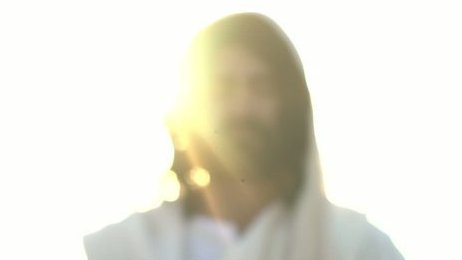
Only God could have made it:
“According to Jackson, an intense burst of vacuum ultraviolet radiation produced a discoloration on the uppermost surface of the Shroud’s fibrils (without scorching it), which gave rise to a perfect three-dimensional negative image of both the frontal and dorsal parts of the body wrapped in it.” - Fr. Robert Spitzer
“According to Jackson, an intense burst of vacuum ultraviolet radiation produced a discoloration on the uppermost surface of the Shroud’s fibrils (without scorching it), which gave rise to a perfect three-dimensional negative image of both the frontal and dorsal parts of the body wrapped in it.” - Fr. Robert Spitzer
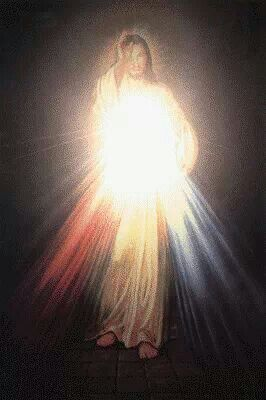
If you want to support our work check out our merch: You get some quality clothing while helping us grow the page and produce better content! tradwest.net

• • •
Missing some Tweet in this thread? You can try to
force a refresh


